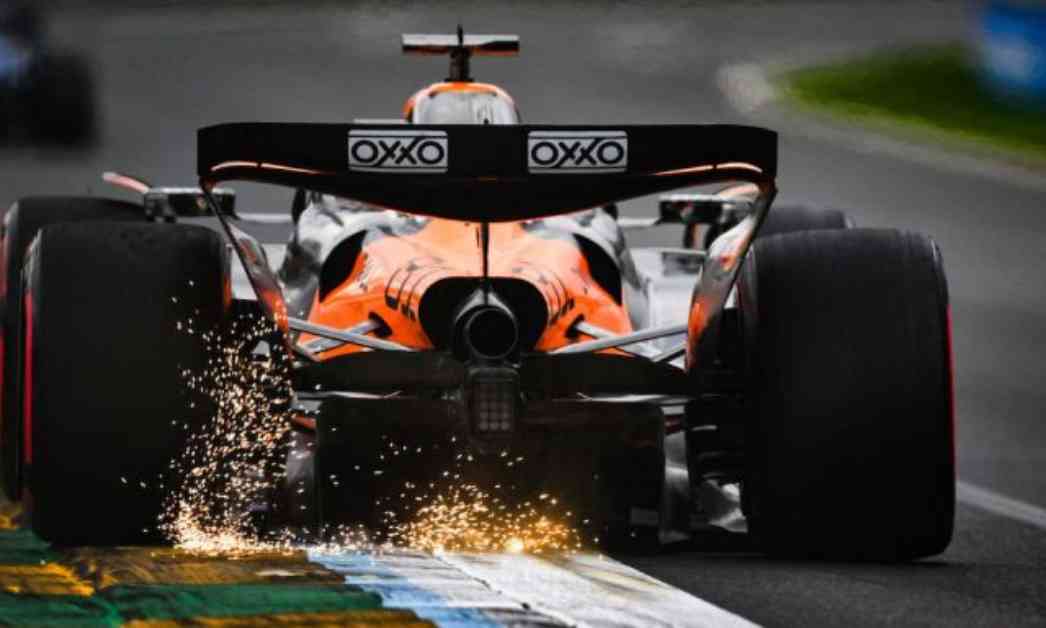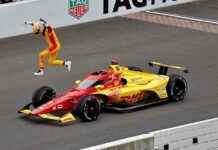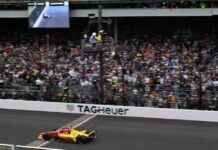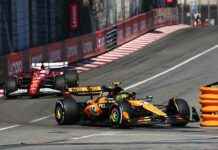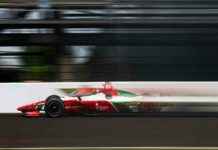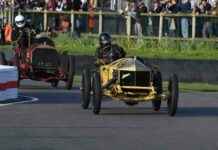FIA to Enforce Stricter Rear Wing Tests in China
The FIA recently announced that it would be implementing more rigorous rear wing load-deflection tests at the upcoming Formula 1 race in China. This decision comes on the heels of a thorough examination of footage showing wing deformations during the Australian Grand Prix.
Rear wing deflection, particularly in relation to creating what has been dubbed a ‘mini-DRS,’ became a hot topic towards the end of the 2024 season. Following pre-season testing, the FIA increased its focus on this area, prompting the introduction of a rear wing load-deflection test at the start of this year. During practice sessions, rear-facing cameras were utilized to monitor wing deformation at various speeds, with a specific emphasis on the gap between the two flaps that widens when DRS is activated.
In light of concerns about teams potentially manipulating the gap at high speeds, the FIA has decided to tighten the acceptable variance resulting from a static load test from 2mm to 0.5mm, under the same load conditions experienced in Melbourne.
Teams were promptly notified of this updated test protocol following the conclusion of the Australian Grand Prix. The FIA’s ability to implement such changes is outlined in Article 3.15.1 of the Technical Regulations.
“After reviewing footage of rear wing deformations and static deflections measured during the Australian Grand Prix, the FIA has determined that a more stringent test is warranted for the upper rear wing starting from the upcoming Chinese Grand Prix,” stated the FIA in an official announcement.
According to Article 3.15.17, introduced in 2025, a maximum variance of 2mm in the ‘slot gap’ between the mainplane and the flap is permissible when subjected to a 75kg vertical load on either extremity of the rear wing mainplane. This limit will be reduced to 0.5mm beginning at the Grand Prix in Shanghai, with a temporary tolerance of 0.25mm for the short notice provided to teams.
While the FIA aims to curb deformations observed in certain cars, it confirmed that all cars were tested in Australia and found to be compliant with the previous test requirements. Consequently, all cars that competed in Melbourne were deemed to be in accordance with the regulations.
Expert Analysis on FIA’s Decision
Renowned motorsport analyst, Sarah Thompson, expressed her views on the FIA’s move to tighten rear wing tests. “The FIA’s decision underscores the ongoing efforts to maintain fair competition in Formula 1. By addressing potential loopholes in aerodynamic regulations, the governing body is ensuring that teams adhere to the spirit of the sport,” Thompson remarked.
Team Reactions and Preparations for China
In response to the revised rear wing tests, several teams have been working diligently to adjust their designs and configurations ahead of the Chinese Grand Prix. Team principals have emphasized the importance of compliance with the new regulations to avoid any penalties or disqualifications.
As teams gear up for the upcoming race in China, the FIA’s stricter enforcement of rear wing tests is sure to add an extra layer of intrigue to the competition, underscoring the constant evolution of Formula 1 technology and regulations.
